Blog

Killalea Strings Awarded Prestigious 2026 Bundanon Residency
I’m thrilled to share the news that Killalea Strings, the adult community string orchestra I direct in partnership with Friends of Wollongong Community Music, has been awarded a 2026 Bundanon Residency. This is an extraordinary honour, one that recognises both our musical work and the spirit of collaboration and creativity that defines our ensemble.

Performance Prep: Turning Nerves Into Focus
Whether you’re playing in a studio recital, an orchestra concert, a masterclass (or even just for a friend) performance nerves are normal. Your heart races, your hands feel shaky, and suddenly that passage you had perfectly in practice? It’s gone. The good news: you’re not alone, and you can absolutely learn to manage it.
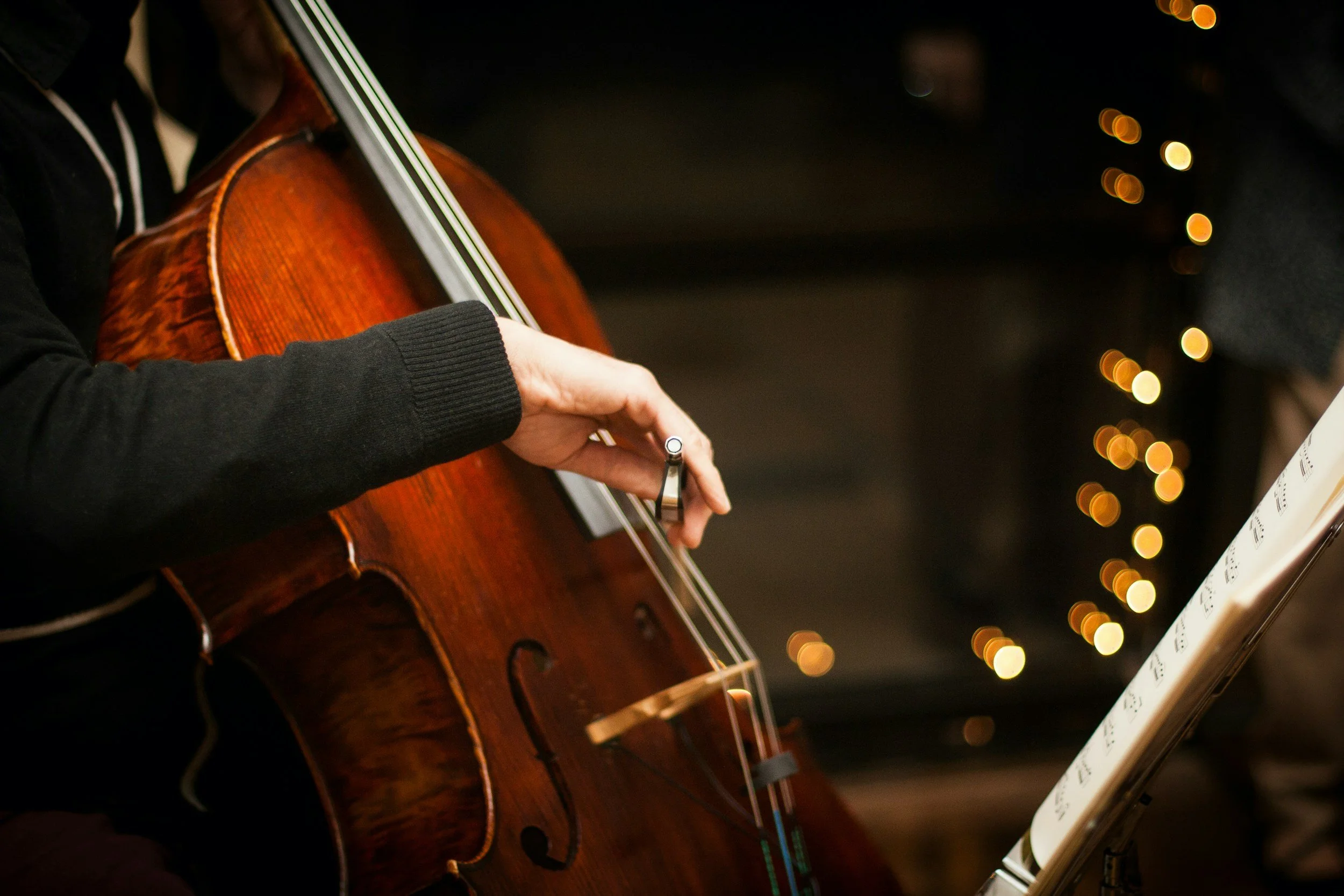
It’s Never Too Late: Why Adult String Players Bring Something Special to the Music
Whether you're just starting your musical journey or picking it up again after a long break, know this: You belong in the world of music and you bring something deeply valuable to it.

The Bow is Your Voice: Exploring Sound Colours and Articulation
When we think about string playing, we often focus on the left hand (shifts, fingerings, intonation). But in reality, your right hand is where the music speaks. Your bow is your voice, your brush, your breath. It’s not just an “on/off switch” that makes the string vibrate. It’s what brings life, colour, and emotion to every note you play.

Injury Prevention for String Players: Tips You Can’t Afford to Ignore
Learning to play a string instrument is exciting, rewarding and, let’s be honest, physically demanding. Whether you’re playing violin, viola, cello, or bass, your body is your instrument’s foundation. And if you’re an adult learner, you might be more vulnerable to aches, tension, and overuse injuries, especially if you’re balancing practice with work, parenting, or long hours at a desk.

Practicing With Presence: How Mindfulness Can Transform Your Playing
Mindful practice isn’t just a buzzword, it’s a powerful tool that can help you play better, learn faster, and feel more emotionally connected to your music. Here’s how it works, and how you can start using it today.

How to Practice Smarter: A Guide for Busy Musicians
You don’t need to practice more. You need to practice smarter. With the right strategies, even a short, focused session can move you forward in big ways. Here's how to make the most of your time, whether you have a full hour or just 15 minutes before dinner.

Small Wins, Big Joy: Measuring Progress as an Adult Learner
Adult learners often bring passion, discipline, and dedication to their musical journey, but they rarely give themselves credit. This article is here to help you track progress in meaningful, personal ways, so you can stay motivated and celebrate the victories that don’t come with a certificate or a gold star.
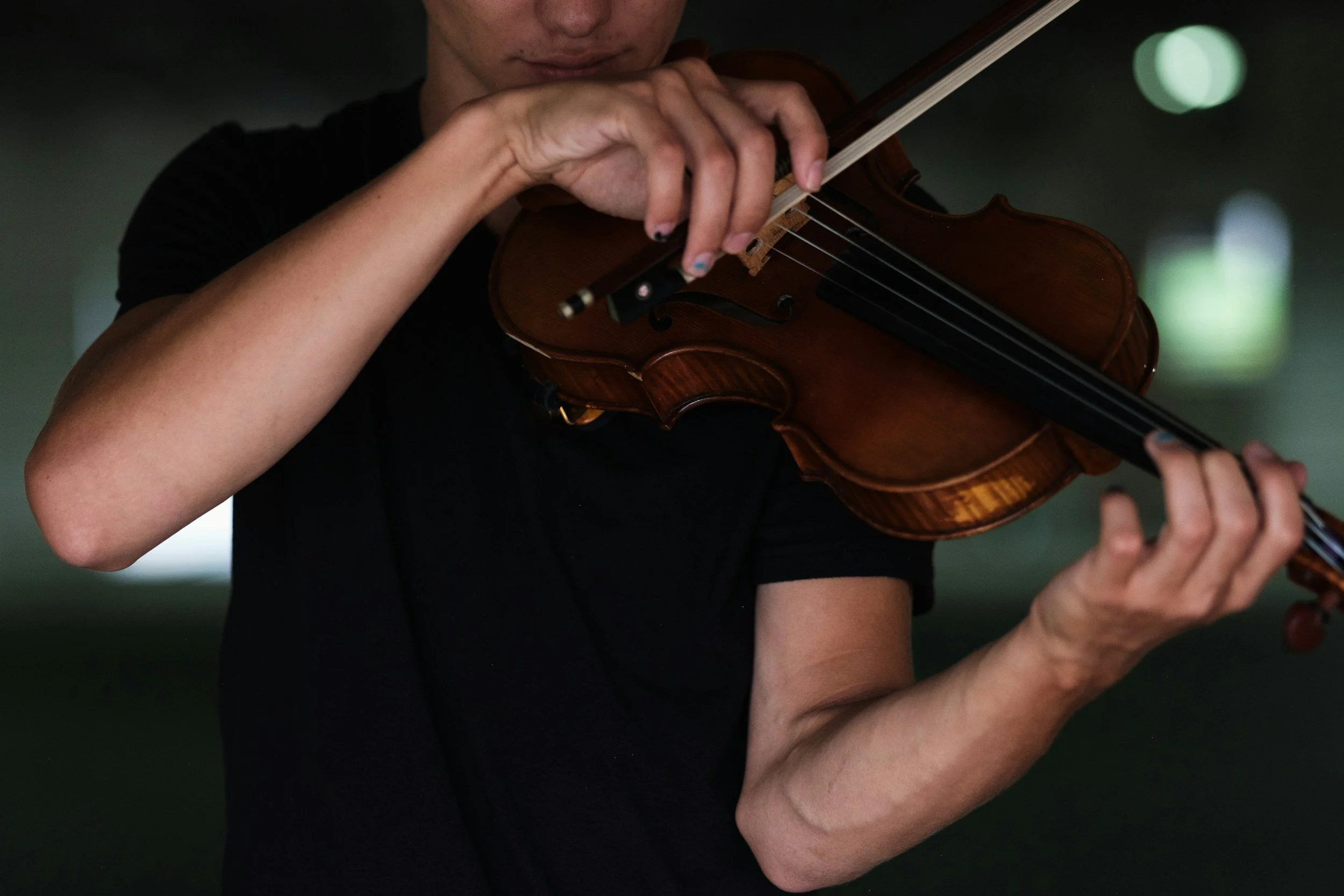
What Your Hands Are Telling You: Avoiding Tension and Building Healthy Technique
As an adult string player, you might have noticed something after just a few minutes of playing: tight shoulders, a stiff bow grip, or fingers that feel more like bricks than musicians. You're not imagining it, and you're definitely not alone.
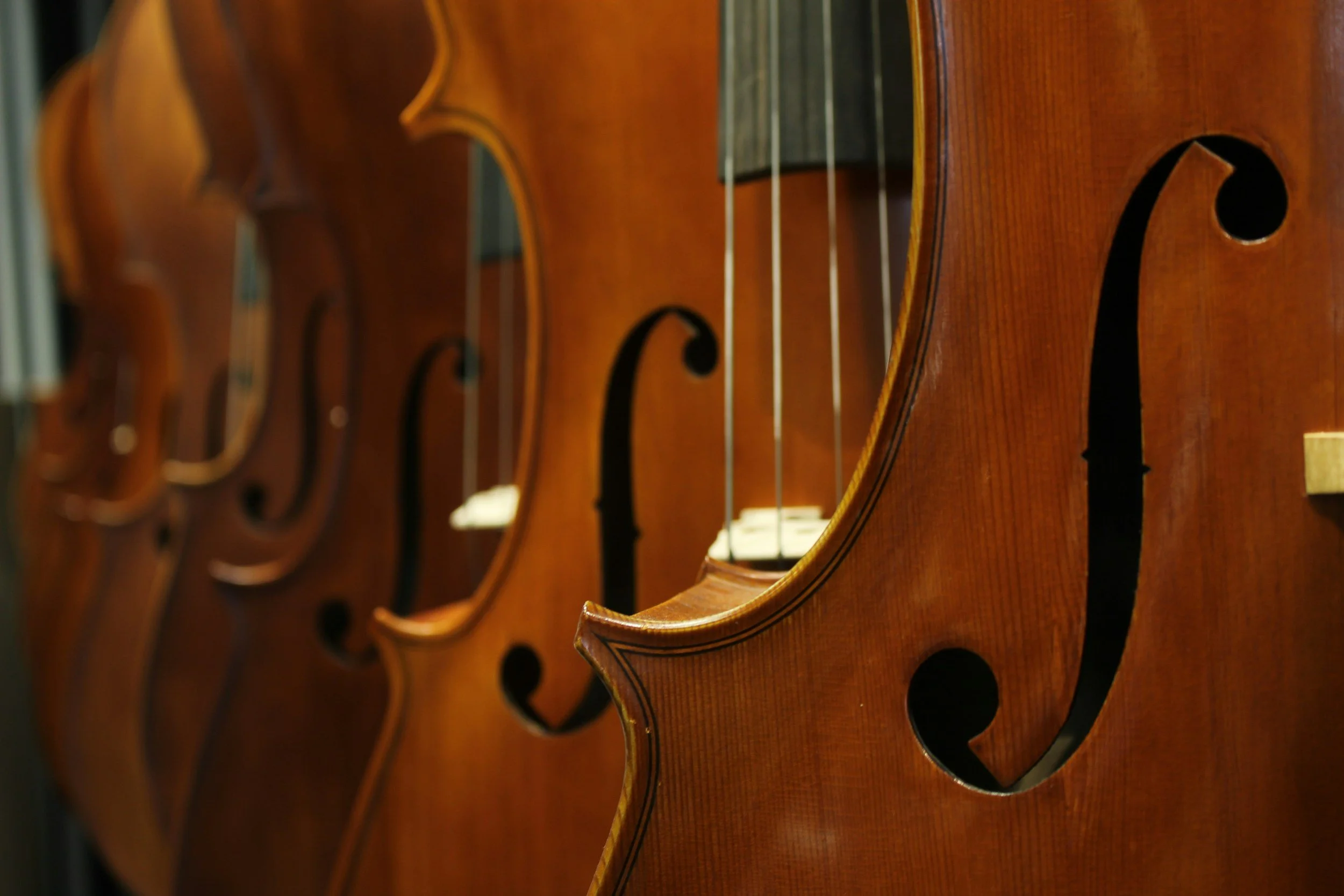
Meet the String Family!
Welcome to the world of string instruments, where every sound tells a story and every player finds their voice. Every instrument in the violin family has its own unique personality. Think of them like siblings in a musical family, each with a different voice, a different vibe, and a different way to shine. Let’s meet them!

Steel City Strings: Why Forest Bathing?
As someone who grew up in rural Alabama, I’ve always felt that nature wasn’t something separate from us, it was something we were part of. My father was a horticulturalist, so much of our lives happened outdoors: planting, walking, watching seasons shift. Nature was just… there. Constant, grounding, necessary.

The Language of Strings: Why What You Say and How You Say It Matters
As string teachers, we spend hours crafting the perfect bow hold, guiding intonation, shaping phrasing, and building technical foundations. But often, the most powerful tool we have isn’t in our hands, it’s in our words.

What’s a Metronome, and Why Do I Need It?
A metronome is a device or app that clicks or beeps at a steady beat. You choose the speed (called tempo, measured in beats per minute or BPM), and the metronome keeps time so you can practice playing accurately and consistently. Why is this so important?
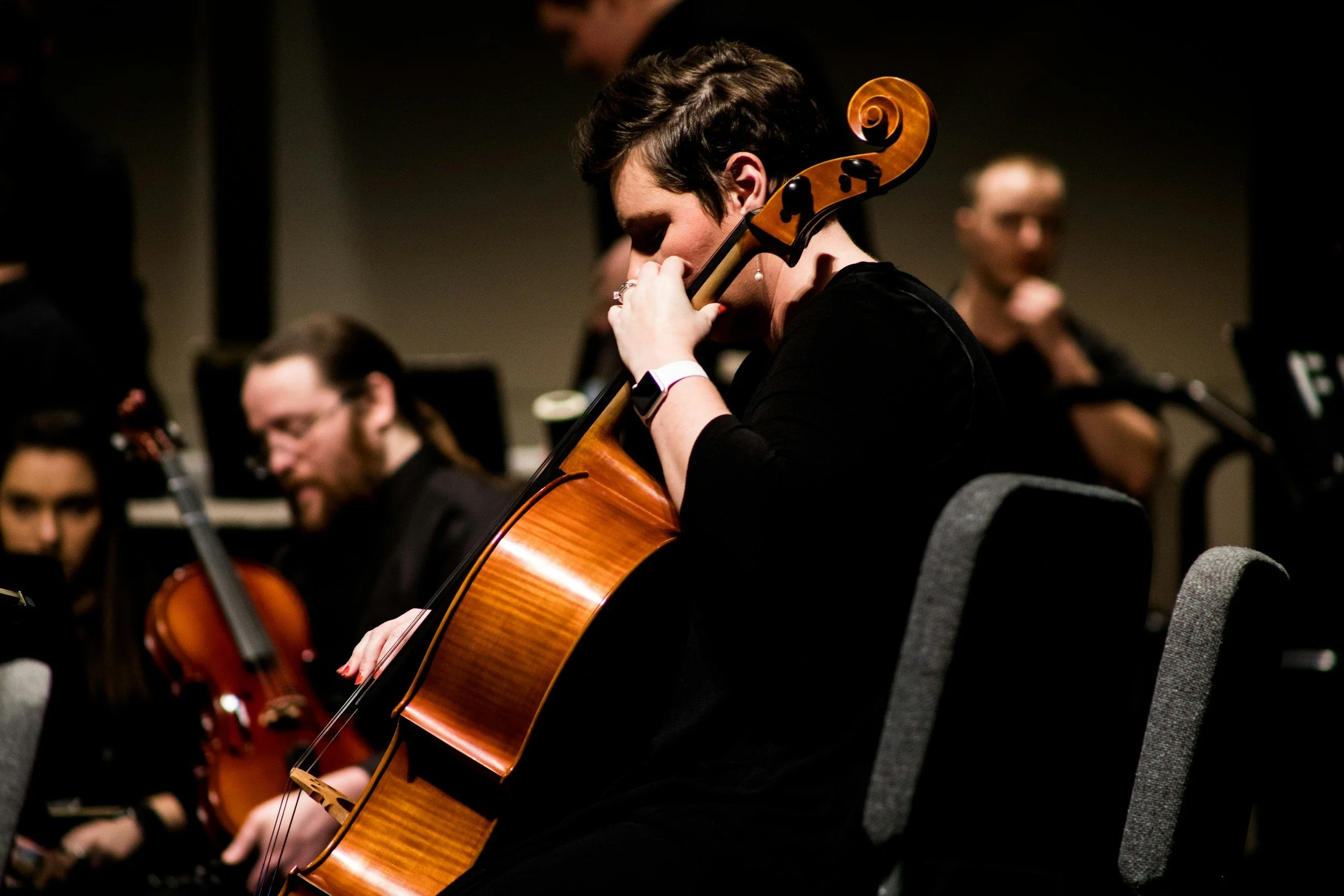
Why Beginners Shouldn’t Go It Alone: The Joy of Starting Strings Together
So your child or student just picked up the violin, viola, cello, or bass. Awesome! But now what?
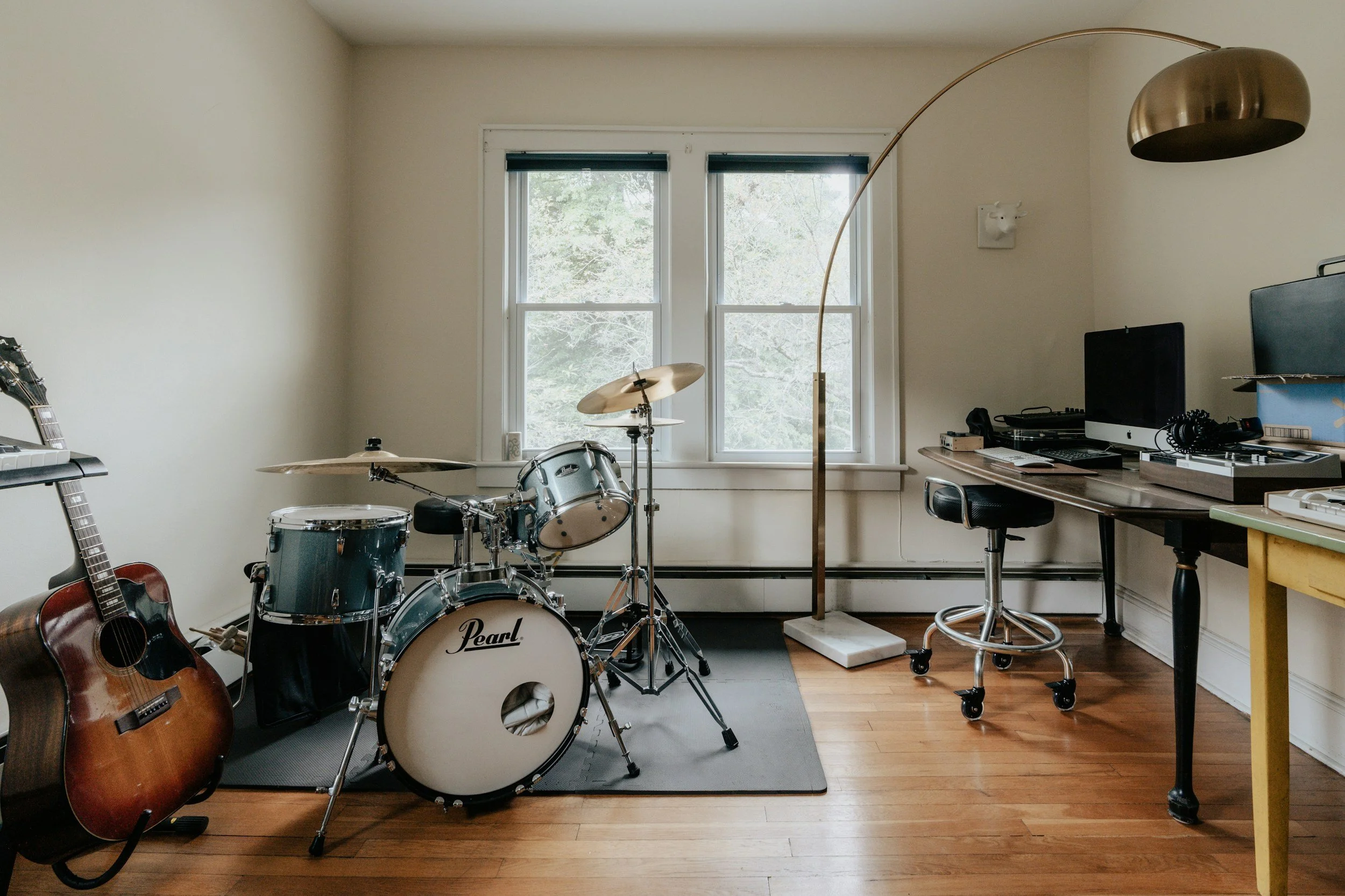
Practice Starts with Place: Creating a Space That Supports Musical Growth
When we think about helping a student succeed on their stringed instrument, whether it’s a violin, viola, cello, or double bass, we often focus on things like scheduling lessons, finding the right teacher, and encouraging daily practice.

Steel City Strings: Why Echoes?
The idea for Echoes grew from a personal question that slowly deepened over time. I always knew, in a simple geographic sense, that Australia is near Asia. But it wasn’t until I began visiting regularly in 2009 that I started to think more deeply about what that proximity really meant historically, socially, and artistically.

The Backbone of Progress: Why Technical Work Matters for String Players of All Ages
When most people think about playing a stringed instrument—like the violin, viola, cello, or double bass—they picture expressive melodies, rich harmonies, and beautiful performances. And while music-making is undoubtedly about artistry and emotion, there’s something just as important happening behind the scenes: technical work.

🇦🇺 Exploring Australian Viola Repertoire: A Guide for Performers and Teachers
Australia’s contributions to the world of classical music are dynamic, diverse, and deeply rooted in place and community. For violists, the growing body of work by Australian composers offers not only technical and artistic depth, but also a meaningful opportunity to support homegrown artistry.

Building Self-Efficacy in Young String Players: Teaching for Confidence and Growth
Helping a young musician develop technical skills is only part of the job for a string teacher. Just as important, if not more so, is nurturing their self-efficacy: their belief in their own ability to succeed.

Double Stop Essentials: Building Strength, Sensitivity, and Technique on Two Strings
Double stops are a defining feature of string playing, adding richness, complexity, and power to the sound. But they can also be one of the more challenging techniques to master.
Start your musical journey with Adrian.
Whether you're an aspiring string player, a seasoned musician, or someone rediscovering your love of music, contact us to enroll in a program, schedule a lesson, or initiate a conversation about your musical objectives.
Please provide some basic information on your current level, past experience, and goals using the contact form.
